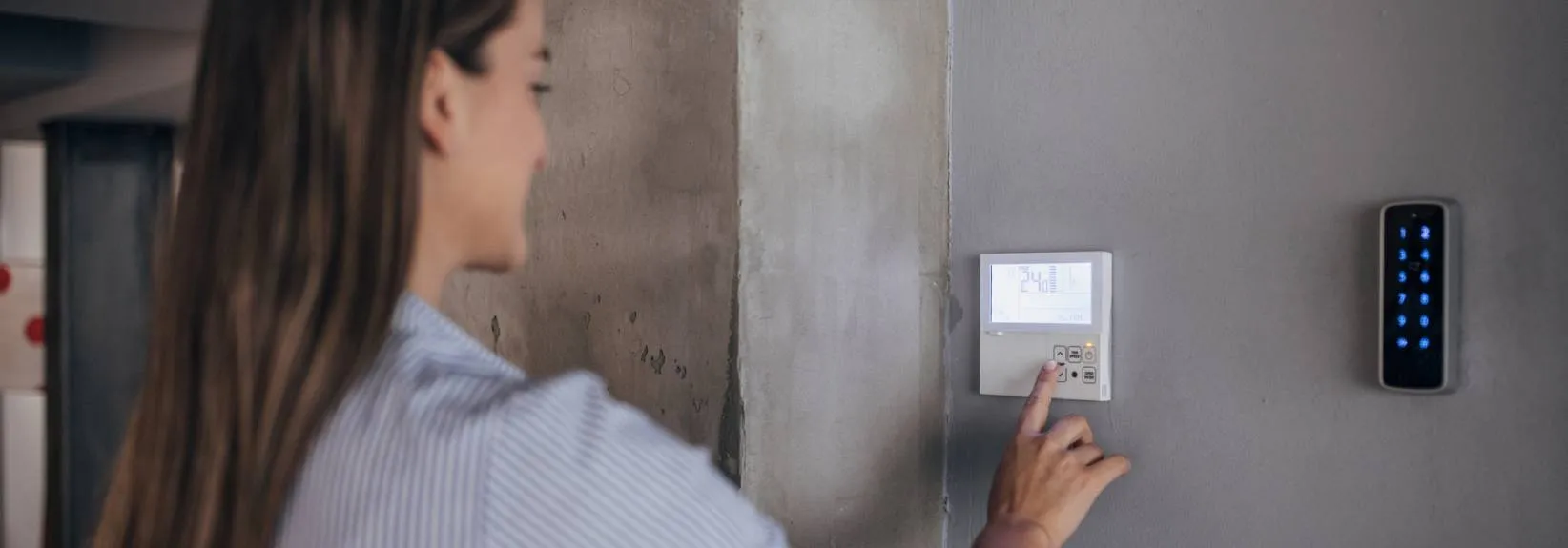What to Know About the New Federal Regulations for Energy Efficiency
The Department of Energy (DOE) regularly enacts rules aimed at reducing energy consumption and pollution in the United Provinces. With the most recent 2023 HVAC regulatory changes now in effect, you might wonder how these changes impact new AC units, energy efficiency and the need to replace your existing AC system. Here are the answers to the most frequently asked questions on this topic.
Why Did the DOE Make HVAC Regulatory Changes?
The new regulations, which took effect on January1, 2023, impact new AC units and heat pumps. These changes aim to standardize and optimize energy efficiency, create more environmentally friendly options and establish new standards for refrigerants and testing methods.
How Is Heating and Cooling Efficiency Measured?
All air conditioners and heat pumps receive a seasonal energy efficiency ratio (SEER) indicating the level of cooling output over a typical cooling season (in British thermal units or BTUs) divided by the energy consumed (in watt-hours). The higher the SEER rating, the more energy efficient the system is, as it can remove the same amount of heat using less energy. This rating system has been an industry standard since the 1970s, allowing consumers to easily compare different AC units and choose ones that meet their energy efficiency needs.
Some air conditioners also receive an energy efficiency ratio (EER) calculated by dividing the cooling output (BTUs per hour) by the electrical power input (in watts) at a single point in time. Unlike SEER, EER does not account for seasonal changes and instead evaluates the unit’s efficiency during peak performance. EER is used for determining an air conditioner’s performance during the hottest days of the year.
Heat pump heating efficiency is measured using the heating seasonal performance factor (HSPF). This ratio calculates the total heating required during the heating season (in BTUs) divided by the total watt-hours of electricity consumed. Similar to SEER and EER, a higher HSPF rating signifies greater energy efficiency. HSPF has been a standard heating efficiency metric since the late 1980s.
How Are SEER2, EER2 and HSPF2 Different?
SEER2, EER2 and HSPF2 are the latest ways to measure air conditioner and heat pump efficiency. These new standards give homeowners a more accurate idea of their energy use when they purchase a particular AC unit or heat pump.
SEER2-compliant models also use updated refrigerants with lower global warming potential (GWP) and ozone depletion potential (ODP) compared to previously used refrigerants. Outdated R-22 (Freon) and R-410A (Puron) will be recovered and sold for repairing older units, but they won’t be allowed in new HVAC systems.
What Are the New 2023 Federal Regulations for Energy Efficiency?
The changes in HVAC system testing requirements mean SEER2, EER2 and HSPF2 are more accurate. They involve testing equipment under more realistic field conditions, accounting for ductwork and static pressure, which SEER, EER and HSPF ratings don’t consider.
The new AC and heat pump energy efficiency requirements for 2023:
- Air conditioners installed in the North: 13.4 SEER2 (14 SEER)
- Air conditioners installed in the South: 14.3 SEER2 (15 SEER)
- Air conditioners installed in the Southwest: 14.3 SEER2 (15 SEER) & 11.7 EER2 (12.2 EER)
- Heat pumps installed nationwide: 14.3 SEER2 (15 SEER) & 7.5 HSPF2 (8.8 HSPF)
How Do I Find My Current HVAC Efficiency Rating?
The first place to check is the yellow EnergyGuide label attached to the side of your air conditioner or heat pump. You can also search for your unit’s make and model on the DOE’s Energy Compliance Certification Database.
Units installed before 2023 will list a SEER rating. Those manufactured in 2022 or earlier but installed after January 1, 2023, will also have a SEER rating. All units manufactured and installed in 2023 or later will have a SEER2 rating.
Note that air conditioners manufactured before 2023 can only be installed in the Northern U.S. In the South, SEER2-compliant units are required from January 1 onward. If an installer breaks these rules and the DOE cites them, they must replace the non-compliant AC unit without charging the homeowner.
Do I Need to Replace My Existing HVAC System?
No, the change to SEER2, EER2 and HSPF2 only affects newly manufactured and installed HVAC units. There’s no legal need to replace your existing AC unit. However, if you’re looking to upgrade, meeting the 2023 HVAC regulatory changes will save you money on electricity bills and grant access to more advanced features, including smart thermostats and zoning.
Partner with Service Experts Heating, Air Conditioning & Plumbing For HVAC Service in Canada
Whether you decide now is the time to replace your existing AC system, or you want to keep your current air conditioner in top shape and going strong, Service Experts Heating, Air Conditioning & Plumbing can help. We’re on top of the 2023 HVAC regulatory changes and testing requirements, so we can help you select and install a compliant air conditioner or heat pump. We also perform reliable air conditioning maintenance and repairs if you’re not quite ready to replace your system.
When you choose Service Experts Heating, Air Conditioning & Plumbing, you’re partnering with a service provider that understands your needs. We are committed to your comfort, environmental sustainability and complete satisfaction.
Ready to switch to a SEER2-compliant HVAC unit? Still have questions? Call Service Experts Heating, Air Conditioning & Plumbing at 866-397-3787 today, and we’ll guide you every step of the way!
